Carbuncle Cup
Contents |
[edit] Introduction
The Carbuncle Cup is an annual architectural prize awarded by the magazine Building Design. The 'winner' is 'the ugliest building in the United Kingdom completed in the last 12 months.' A shortlist is compiled from nominations voted on by the public, and the winner decided by a panel of critics. It is usually timed to coincide with the prestigious Sterling Prize, as a light-hearted way of identifying 'crimes against architecture'.
The name is derived from Prince Charles' oft-quoted criticism of the proposed extension to the National Gallery in 1984 which he described as “a monstrous carbuncle on the face of a much-loved and elegant friend”.
[edit] 2006 winner
Drake Circus Shopping Centre, Plymouth
After several attempts to redevelop the shopping centre failed during the 1990s, a design by architects Chapman Taylor was finally completed in 2006. It was intended to act as a catalyst for regeneration and investment in Plymouth. However, it was criticised for being architecturally out-of-date and for its incoherent merging of styles, materials and angles, with yellow-tiled façade and metal lattice framework wrapping around two multi-storey car parks.
[edit] 2007 winner
Opal Court, Leicester
The University of Leicester student accommodation building, designed by Stephen George & Partners, was the stand-out winner of the 2007 prize, with its blocky geometry and garish coloured cladding. One critic said: "The tiny, token butterfly roof on the top of each core is pathetic; the colours are a grim, postmodern throwback, and in scale, language, materials, form and design, it's a lesson in how to ignore context."
[edit] 2008 winner
Radisson SAS Waterfront Hotel, St. Helier, Jersey
Designed by EPR Architects (although they protested that the external envelope was not their responsibility) the hotel was described as being “reminiscent of a cross between a blockhouse and a wheat silo” and “like a communist-era east-European sewage works”.
[edit] 2009 winner
Liverpool Ferry Terminal, Liverpool
Designed by Hamilton Architects, the terminal incorporates ferry operations, a rooftop restaurant and a Beatles museum. Particular scorn was poured on the building for spoiling the waterfront, a Unesco World Heritage site. It was described as being “abominable, complete pap and should never have been allowed to be built.”
[edit] 2010 winner
Strata SE1, London
Nicknamed the 'electric razor', the 148m (486ft) high-rise residential building in Elephant and Castle was criticised for being unsuited to its location, rendering it inescapable for miles around. Its garish 'barcode' façade was derided for being ugly, but most opprobrium was aimed at its three wind turbines situated at the top that were purported to enhance the tower's sustainable credentials but which the panel described as "the very worst kind of greenwashing".
[edit] 2011 winner
MediaCityUK, Salford
A 200-acre mixed-use site in Salford Quays was commissioned as part of the new BBC headquarters and designed by Fairhurst, Chapman Taylor and Wilkinson Eyre. Lambasted for being an isolationist enclave, the panel judged it “a crazed accumulation of development in which every aimlessly gesticulating building sports at least three different cladding treatments. Quite how the BBC has stooped this low is hard to fathom”.
[edit] 2012 winner
Cutty Sark Renovation, Greenwich
Restored and redeveloped having been badly damaged by fire in 2007, the renovation of the iconic British tea clipper ship was criticised, despite having best intentions, for “tragically defiling the very thing it set out to save”. The ship's hull is embedded in a blue glass enclosure, “obscuring the once thrilling lines of the ship's stern and prow”.
[edit] 2013 winner
465 Caledonian Road, UCL, London
Winning the prize for the second time, Stephen George and Partners came in for criticism for their “prison-like” student accommodation building. The building replaced a historic red-brick warehouse, but the original façade was retained and positioned a metre off the front of the new building, in what the panel called “a cynical gesture towards preservation”. Bizarre frontage aside, the panel also condemned the fact that the building failed to provide adequate daylight, privacy or outlook.
[edit] 2014 winner
Woolwich Central, London
The 17-storey mixed-use development in south-east London was designed by Sheppard Robson and comprises residential flats above a supermarket. The interconnecting blocks that appear to fold over one another are characterised by a multi-coloured façade of grey, yellow and green stripes. The panel described it as a prime example of “overdevelopment” and “a negative contribution to the overall environment of the area”.
[edit] 2015 winner
The commercial skyscraper in the City of London was designed by Rafael Vinoly and stands at 160m (525ft) tall. It was nicknamed 'the Walkie-Talkie' because of its distinctive bulging shape. It gained notoriety for producing powerful downdraughts and hit the headlines during the summer of 2013, when its south-facing concave facade focussed sunlight down to the streets where it damaged parked vehicles. A permanent non-reflective awning had to be installed to cover the glass.
Not only was the exterior derided, but the public 'sky garden' on the top levels was described as having been “designed with all the finesse of a departure lounge”. It proved to be the unanimous winner with one voter claiming their new life goal was to see the building demolished.
[edit] 2016 winner
Lincoln Plaza is located in South Quay, neighbouring Canary Wharf, and was developed by Galliard Homes and designed by the firm BUJ Architects.
The tower is characterised by its irregular stacked-box form, jutting rectangular balconies and Tetris-like coloured aluminium cladding. The panel described the tower as being:
"...a putrid, pugilistic horror show that should never have been built. In its bilious cladding, chaotic form, adhesive balconies and frenzied facades, it exhibits the absolute worst in shambolic architectural design and cheap visual gimmickry."
For more information, see 2016 Carbuncle Cup.
[edit] 2017 winner
Nova Victoria, London
Nova Victoria was designed by PLP Architecture.
The development is a bright red £380m office and residential complex, occupying an entire block opposite the redeveloped Victoria Station. With a pointed peak that reaches 18 storeys-high, the building incorporates a sheer face of red glass criss-crossed with aluminium bracing. Around the side of the 'red wedge' runs a screen of aluminium fins, cut with rippled profiles. At ground level, these aluminium fins form a series of serrated openings.
The judges described it as "one of the worst office developments central London has ever seen", and one that "sets a new benchmark for dystopian dysfunction".
For more information, see 2017 Carbuncle Cup.
[edit] 2018 winner
Redrock Stockport
“You feel sorry for the people of Stockport”, said the judges of this BDP-designed town centre development for the local council. They described it as a “missed opportunity” and a “sad metaphor for our failing high streets”.
Including cinema, shops, restaurants, a gym and a multi-storey car park, Redrock is part of a wider £1bn regeneration project for the south of Manchester, but the judges said the shed-like building “ridiculed” the town centre it had been intended to rescue.
Chaired by BD’s editor Thomas Lane, the judges took readers’ comments into account during the judging process. These included: “Absolute monstrosity. I’ve seen better-looking prisons” and “This is why the Carbuncle Cup was invented. Wrong in everything that is important and to a degree that makes one wonder what were the designers and planners who worked on this abomination thinking?”
[edit] Related articles on Designing Buildings Wiki
- 2016 Carbuncle Cup.
- 2017 Carbuncle Cup.
- 2018 Carbuncle Cup.
- Architectural styles.
- Bin blight.
- Building of the week series.
- Concept architectural design.
- Eyesore.
- Greenwashing.
- Pritzker Architecture Prize.
- Unusual building design of the week.
[edit] External references
- BD Online – Carbuncle Cup
Featured articles and news
RTPI leader to become new CIOB Chief Executive Officer
Dr Victoria Hills MRTPI, FICE to take over after Caroline Gumble’s departure.
Social and affordable housing, a long term plan for delivery
The “Delivering a Decade of Renewal for Social and Affordable Housing” strategy sets out future path.
A change to adoptive architecture
Effects of global weather warming on architectural detailing, material choice and human interaction.
The proposed publicly owned and backed subsidiary of Homes England, to facilitate new homes.
How big is the problem and what can we do to mitigate the effects?
Overheating guidance and tools for building designers
A number of cool guides to help with the heat.
The UK's Modern Industrial Strategy: A 10 year plan
Previous consultation criticism, current key elements and general support with some persisting reservations.
Building Safety Regulator reforms
New roles, new staff and a new fast track service pave the way for a single construction regulator.
Architectural Technologist CPDs and Communications
CIAT CPD… and how you can do it!
Cooling centres and cool spaces
Managing extreme heat in cities by directing the public to places for heat stress relief and water sources.
Winter gardens: A brief history and warm variations
Extending the season with glass in different forms and terms.
Restoring Great Yarmouth's Winter Gardens
Transforming one of the least sustainable constructions imaginable.
Construction Skills Mission Board launch sector drive
Newly formed government and industry collaboration set strategy for recruiting an additional 100,000 construction workers a year.
New Architects Code comes into effect in September 2025
ARB Architects Code of Conduct and Practice available with ongoing consultation regarding guidance.
Welsh Skills Body (Medr) launches ambitious plan
The new skills body brings together funding and regulation of tertiary education and research for the devolved nation.
Paul Gandy FCIOB announced as next CIOB President
Former Tilbury Douglas CEO takes helm.
UK Infrastructure: A 10 Year Strategy. In brief with reactions
With the National Infrastructure and Service Transformation Authority (NISTA).






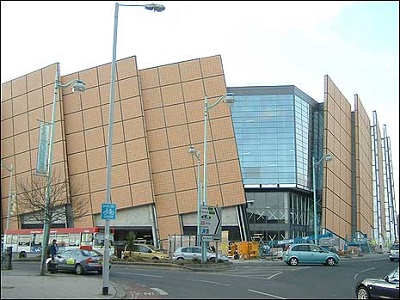
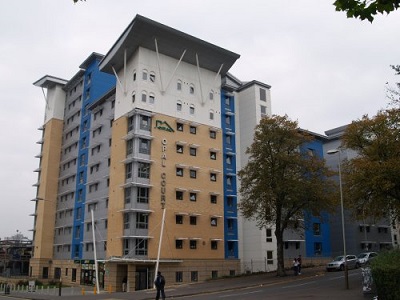
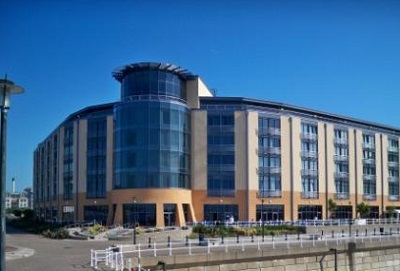
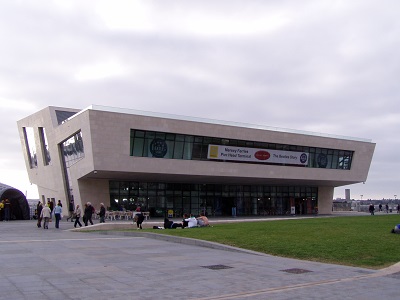
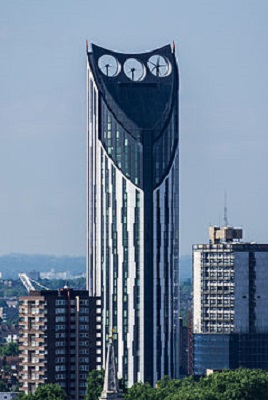
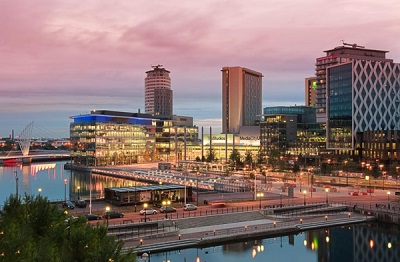
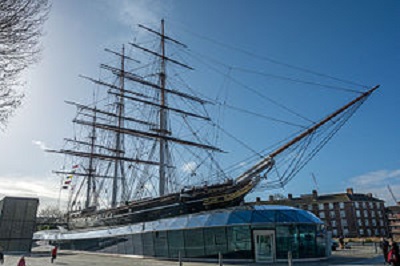
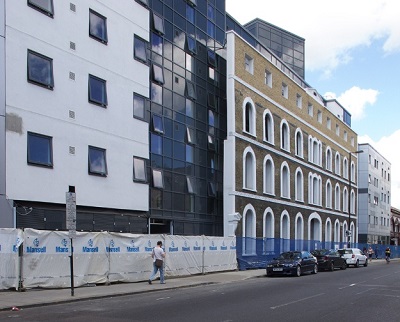
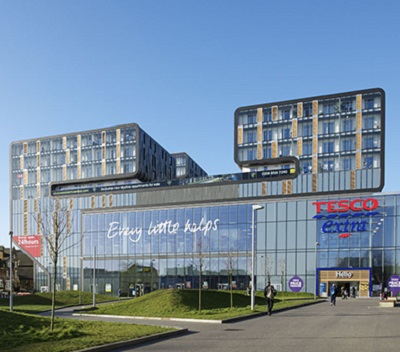
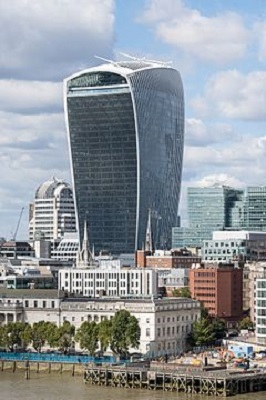
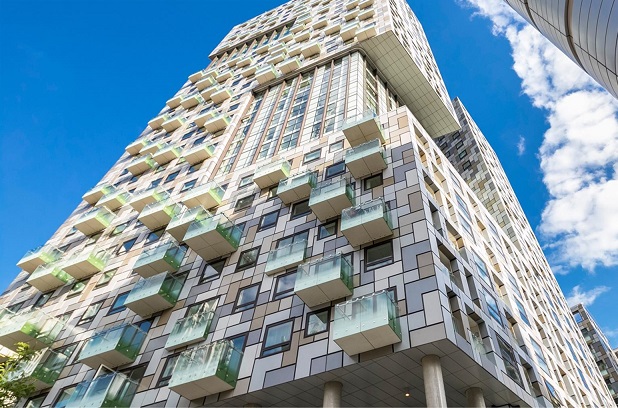
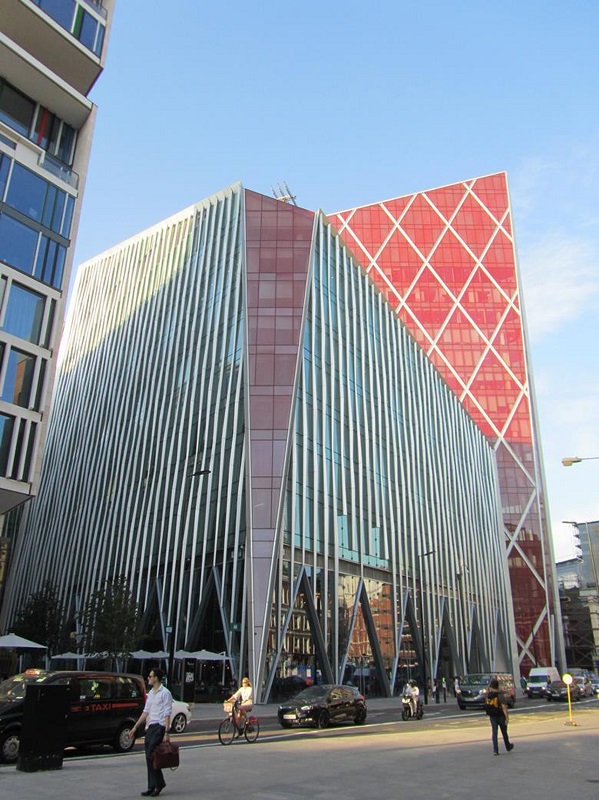
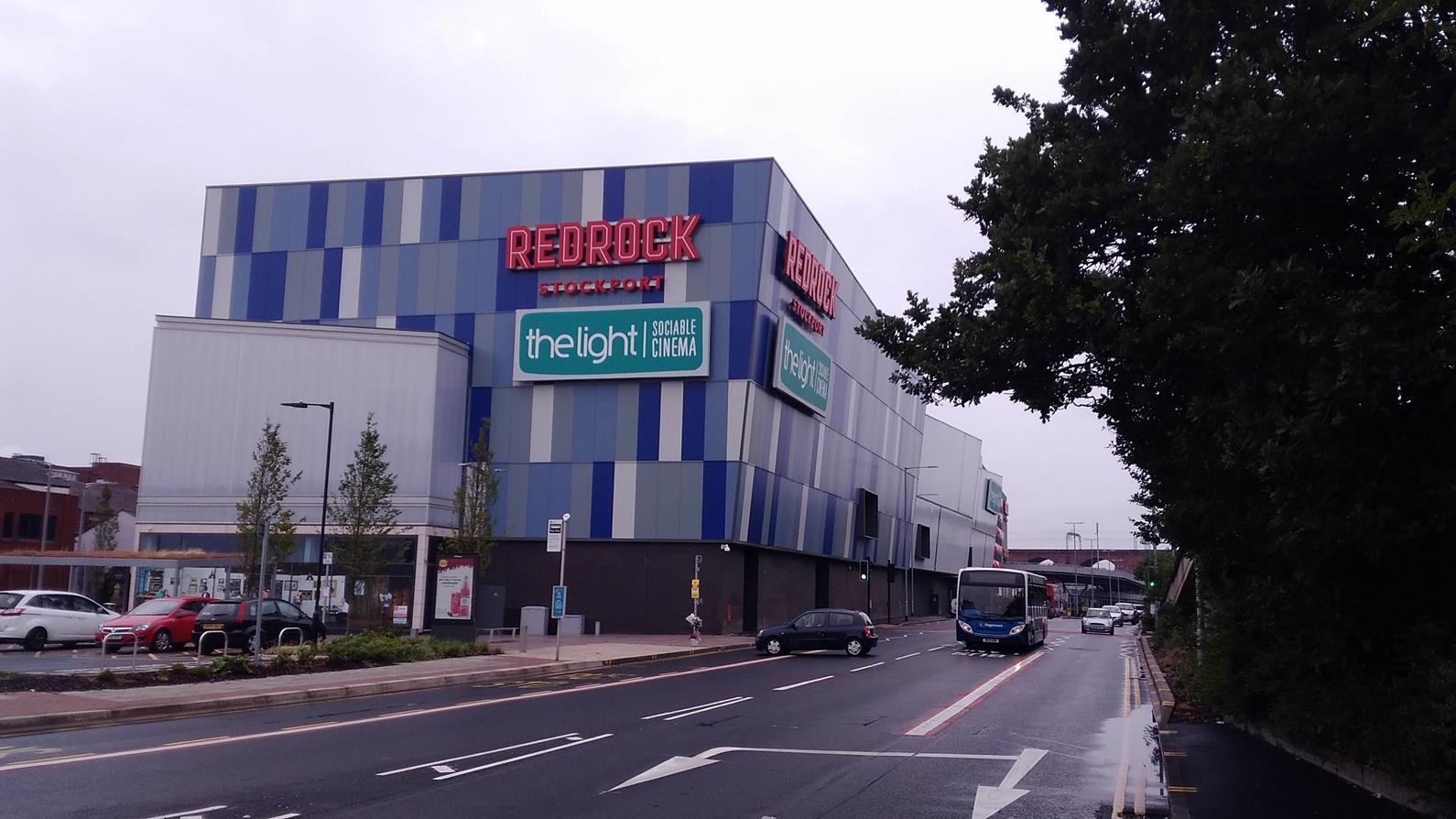
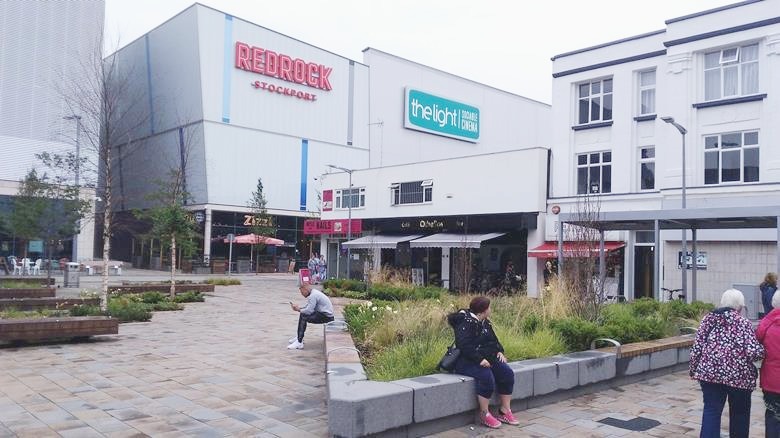

















Comments